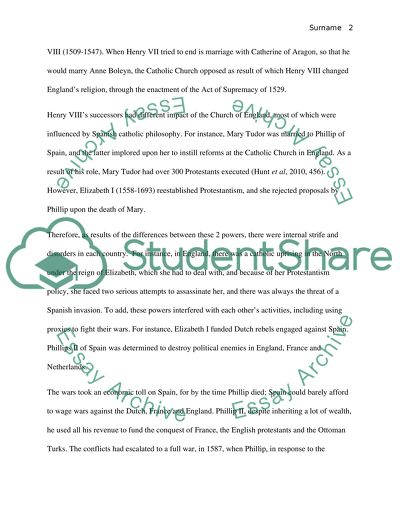Cite this document
(“Spain and England Essay Example | Topics and Well Written Essays - 1000 words”, n.d.)
Spain and England Essay Example | Topics and Well Written Essays - 1000 words. Retrieved from https://studentshare.org/history/1471858-spain-and-england
Spain and England Essay Example | Topics and Well Written Essays - 1000 words. Retrieved from https://studentshare.org/history/1471858-spain-and-england
(Spain and England Essay Example | Topics and Well Written Essays - 1000 Words)
Spain and England Essay Example | Topics and Well Written Essays - 1000 Words. https://studentshare.org/history/1471858-spain-and-england.
Spain and England Essay Example | Topics and Well Written Essays - 1000 Words. https://studentshare.org/history/1471858-spain-and-england.
“Spain and England Essay Example | Topics and Well Written Essays - 1000 Words”, n.d. https://studentshare.org/history/1471858-spain-and-england.


